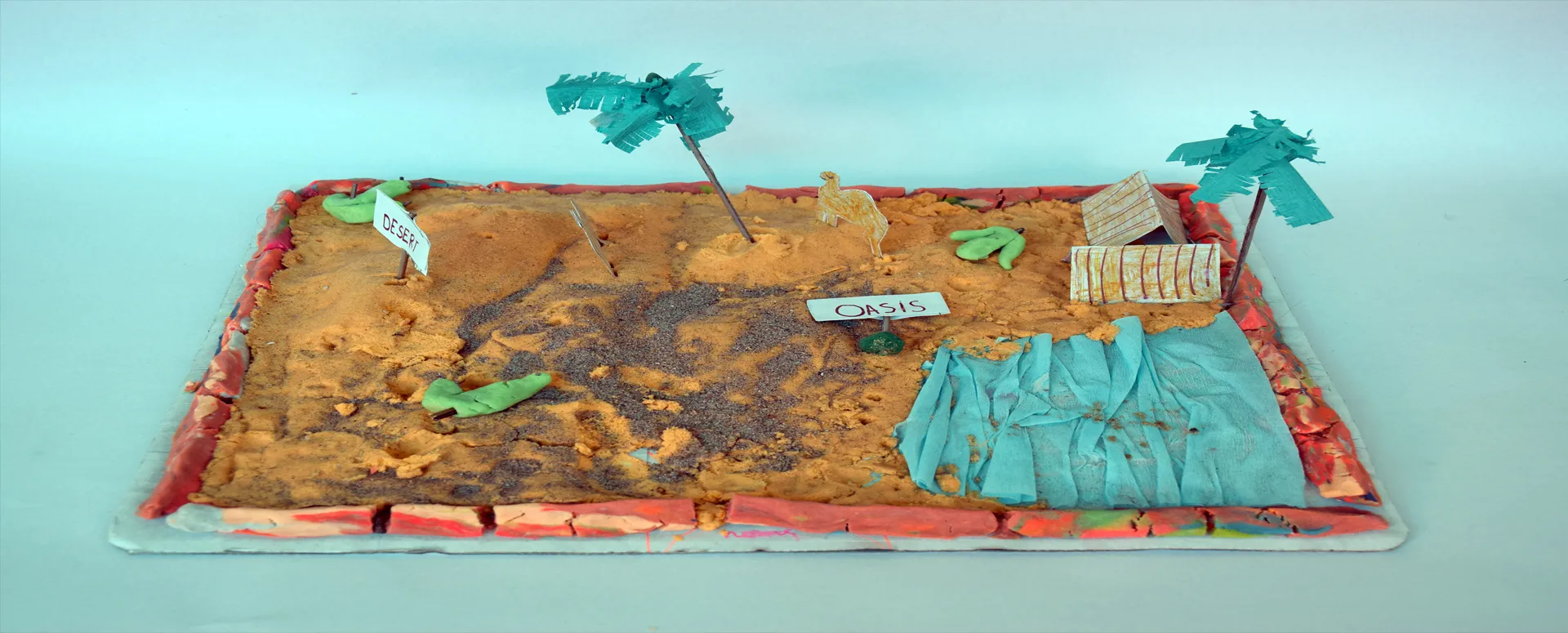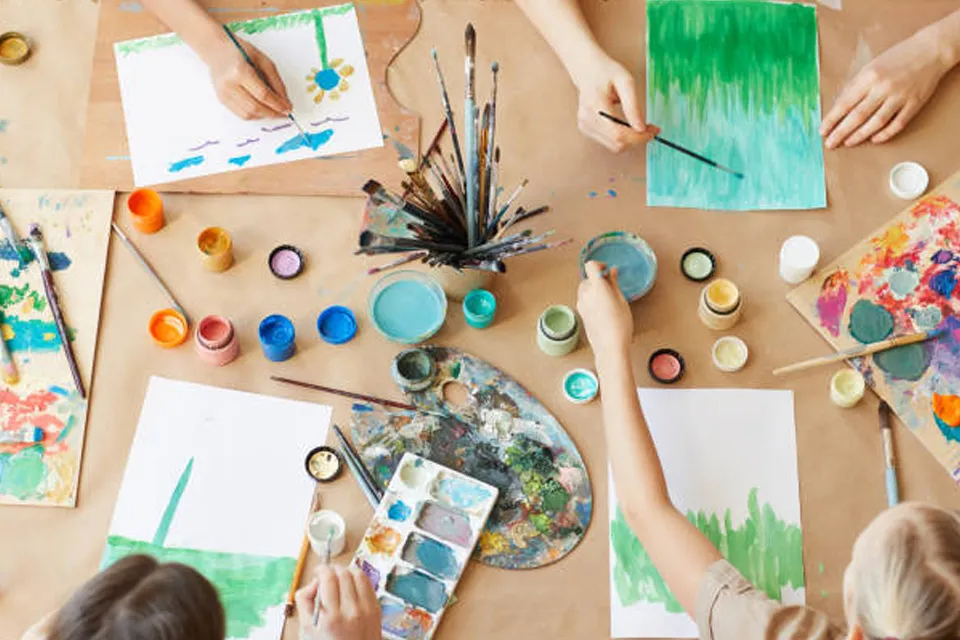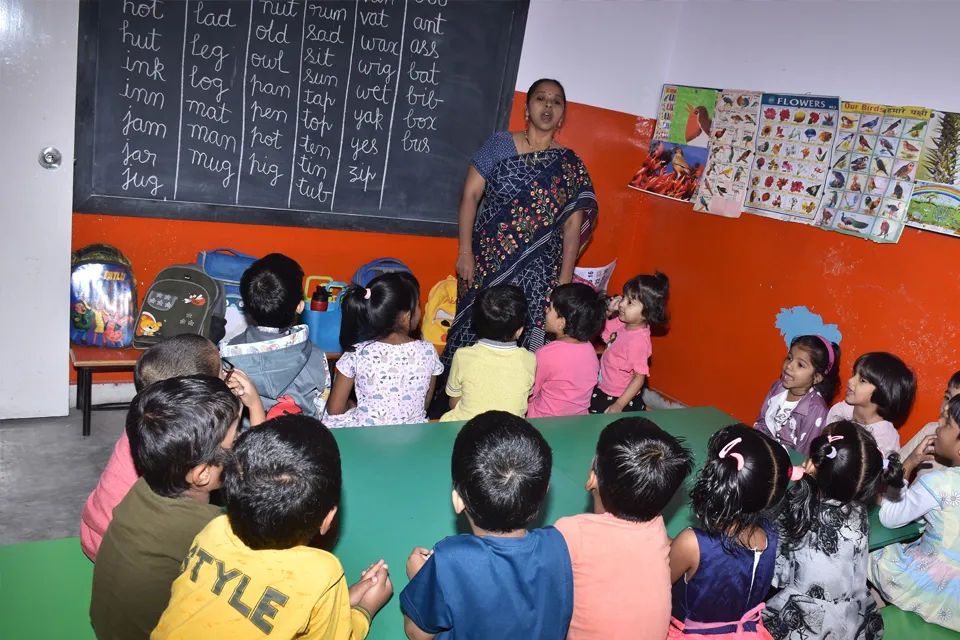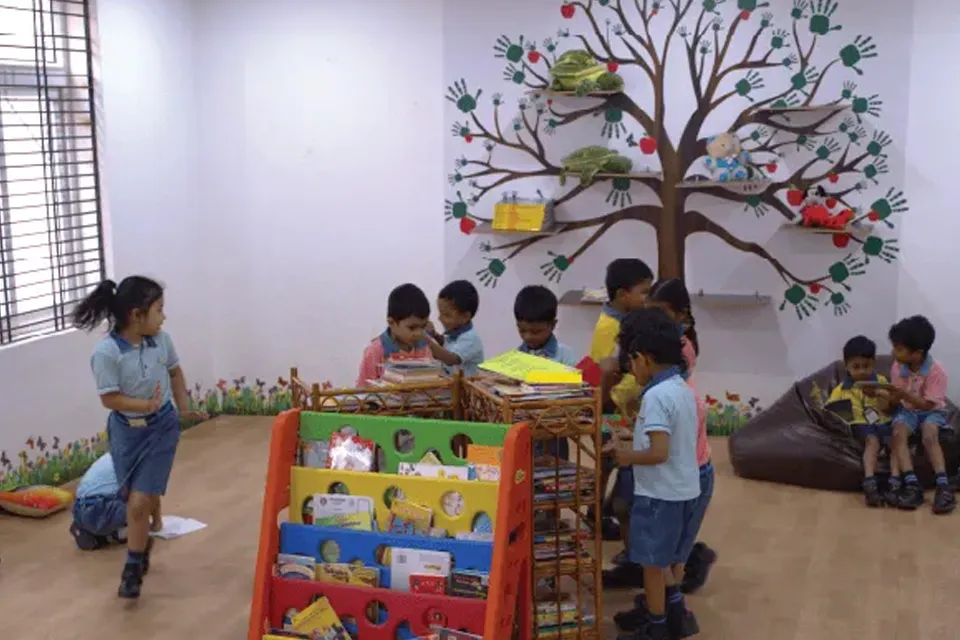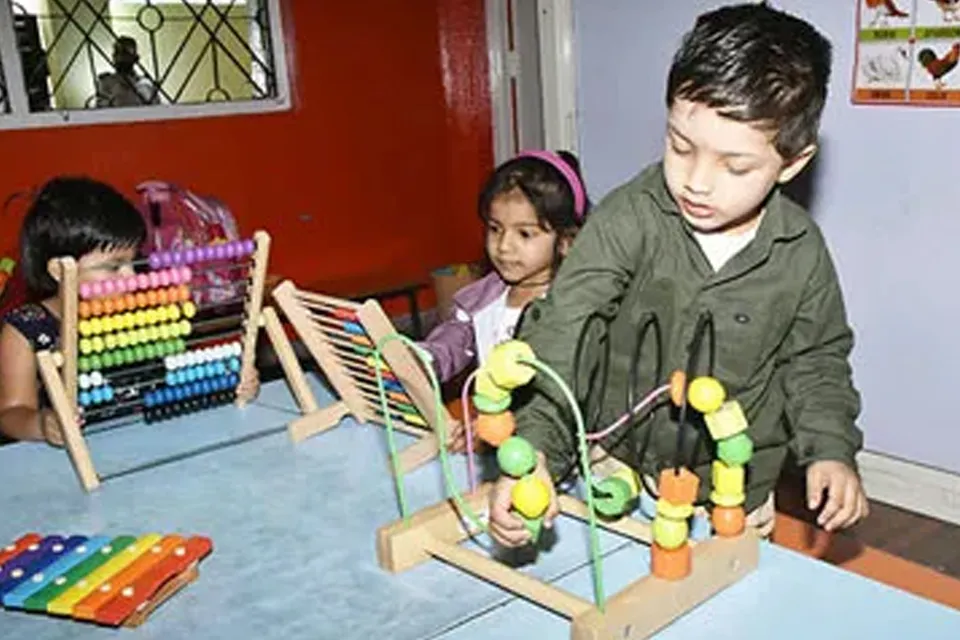Drawing Classes detail
Drawing classes for primary school students serve as a wonderful way to foster creativity and imagination among young learners. These classes provide a structured environment where children can explore various art techniques and styles. Through guided lessons, they learn how to use different drawing tools, such as pencils, charcoal, and pastels. This hands-on experience not only enhances their artistic skills but also allows them to express their emotions and thoughts visually. As students create their artwork, they often discover a sense of pride and accomplishment, which can boost their self-esteem.
In addition to improving technical skills, drawing classes are beneficial for cognitive development. Engaging in creative activities like drawing helps children develop critical thinking and problem-solving abilities. As they plan their artwork and make decisions about colors and compositions, they learn to think independently and express their unique perspectives. These skills are transferable to other areas of learning, such as mathematics and science, where creative thinking is equally important. Thus, drawing classes play a vital role in supporting overall academic growth.
Moreover, drawing classes promote social interaction among students. Working collaboratively on projects or sharing their artwork with peers encourages communication and teamwork. Children learn to listen to each other's ideas and provide constructive feedback, which strengthens their interpersonal skills. This environment fosters friendships and helps children understand the value of collaboration. When students celebrate each other's successes and support one another during challenges, they build a sense of community that enhances their school experience.
Furthermore, drawing is not just an artistic endeavor; it also serves as an emotional outlet for children. Many students find it challenging to express their feelings verbally, and drawing offers them a way to communicate what they may struggle to put into words. This form of self-expression can be particularly beneficial during stressful times or transitional periods in a child’s life, such as starting a new school year or facing changes at home. Drawing allows students to process their emotions, making it an essential part of their emotional well-being.
Incorporating drawing classes into the primary school curriculum can also help instill a lifelong appreciation for the arts. As children are introduced to different styles, famous artists, and cultural art forms, their horizons expand. They begin to see the world through an artistic lens, appreciating beauty in various forms. By nurturing their interest in art at an early age, schools can inspire a generation of creators who value creativity as an essential aspect of human expression. This appreciation can lead to a rich cultural understanding and a more vibrant, thoughtful society in the future.

